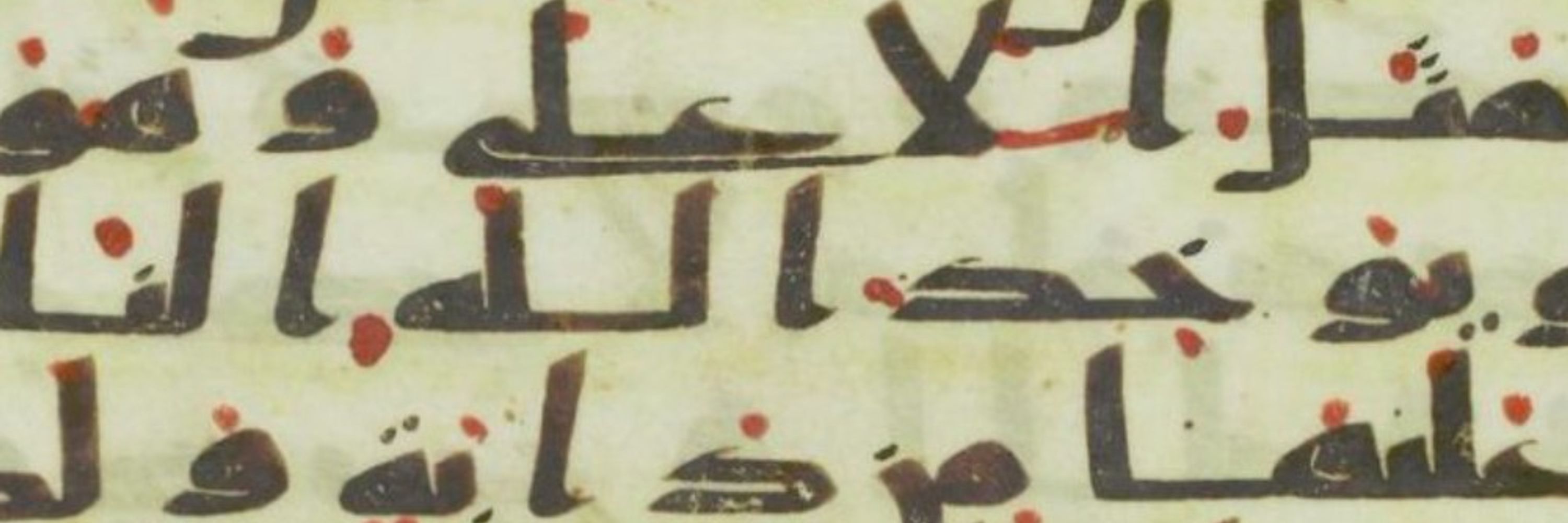Marijn van Putten
@phdnix.bsky.social
1.8K followers
150 following
690 posts
Historical Linguist; Working on Quranic Arabic and the linguistic history of Arabic and Tamazight. Game designer for Team18k
Posts
Media
Videos
Starter Packs



